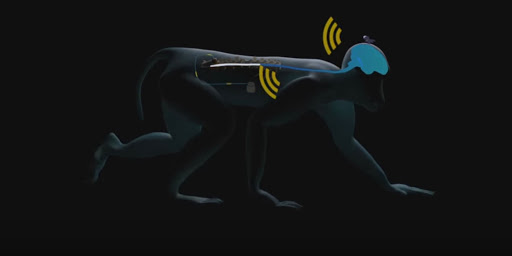Originally shared by Greg Batmarx
Solar technology has skyrocketed in recent years, as new innovations pave the way for more affordable designs that generate clean energy in unique ways. We’ve branched far beyond the familiar solar panel, with new developments that experiment with different shapes and materials to maximize the clean energy potential of the sun. Engineers have been working to create flexible solar cells that can adhere to nearly any type of surface. Innovations centered around concentrating and multiplying the sun’s energy have also increased in recent years, as more industry leaders look to ways to get a big bang from solar power without requiring huge swaths of land, which aren’t always readily available.
Sphelar spherical solar cells
Developed by the Japanese company Kyosemi in 2012, these spherical solar cells look more like disco balls than any renewable energy generator you’ve seen before. The spherical cells were created to capture sunlight from any direction, thereby maximizing energy production in places where full, direct sun is not the norm. The company’s Sphelar cells eliminate the need for complicated, motorized solar tracking systems, which reposition solar cells to face the sun as the position shifts throughout the day. With a dome-like face that points in many directions at the same time, Kyosemi created a solar cell that doesn’t need costly motors in order to make the most of a sunny day.
V3Solar’s Spin Cell
Another curious take on the shape of future solar technology is found in the spinning cone known as V3Solar’s Spin Cell. Its maker claims the rotating blue prism can generate over 20 times more electricity than a stationary flat panel with the same surface area of solar cells. The design initially launched last year and V3Solar is testing prototypes that exceed not only the energy generation of traditional solar panels, but also the durability, since the spinning action protects the Spin Cell from overheating — a common pitfall of conventional panels.
Sunflare CIGS solar cells on a roll
Perhaps one of the most useful innovations in solar cell technology is the emergence of flexible solar generating materials. Los Angeles-based startup Sunflare’s CIGS solar cells are a stellar example, because they are supplied in a roll not too unlike wallpaper. Upon reaching their destination, the solar material can be rolled out and mounted to nearly any surface — sometimes with little more hardware than some double-sided tape. The ultra-lightweight solar cells weigh 65 percent less than traditional solar panels and are also 10 percent more efficient, generating more energy in areas that need it most. The panels’ flexible delivery make them a perfect solar solution in rural areas and for portable projects, with an affordable price as well. Sunflare estimates the energy produced by their rolled up solar cells costs as little as $1.07 per watt.
IBM’s solar sunflowers
IBM is well known as a leader in all sorts of technology fields, but most people probably don’t realize they are working on more efficient solar power generation as well. Enter the High Concentration PhotoVoltaic Thermal (HCPVT) system which concentrates the sun’s radiation 2,000 times and is capable converting 80 percent of it into useful energy. IBM’s solar concentrator looks like a sunflower, with reflective surfaces lining a dish-like structure. All told, the system can generate up to 12 kilowatts of electrical power and 20 kilowatts of heat on a sunny day, which is the equivalent of the electricity it takes to power several average US homes.
Tesla’s integrated solar roof system
Rooftop solar arrays are not new, but Tesla and SolarCity recently unveiled a revolutionary product that fuses the solar power generation with roof coverings in a variety of styles for an integrated clean energy solution. Tesla’s “solar roof” is nothing like the eyesore solar arrays of yore: It will be sold in four different styles, allowing homeowners to improve the overall aesthetic of their residence while simultaneously generating clean energy they can store in the integrated Powerwall 2.0 battery system. Because Tesla is still interested in selling its electric luxury cars, a Tesla charger is also included, making it easy for people to power their homes and their cars with the sun’s energy.
SolarWindow transparent solar coating
Maryland-based startup SolarWindow Technologies promises its transparent solar cell technology can produce 50 times more energy than conventional solar panels — a claim that is far and above what other recent innovations have achieved. Framing their creation as a “power-generating window,” SolarWindow is actually a coating that can be applied to an existing glass or plastic surface, which generates electricity without obstructing the view or shutting out daylight. Because of its lofty energy conversion claims, the inventors also say their system will pay for itself much earlier than traditional solar panels, translating into a net-zero cost savings in just one year, as opposed to as many as 11 with conventional solar arrays.
https://www.engadget.com/2016/11/19/six-innovative-solar-systems-that-go-beyond-standard-arrays/

